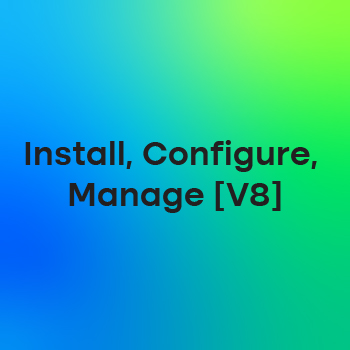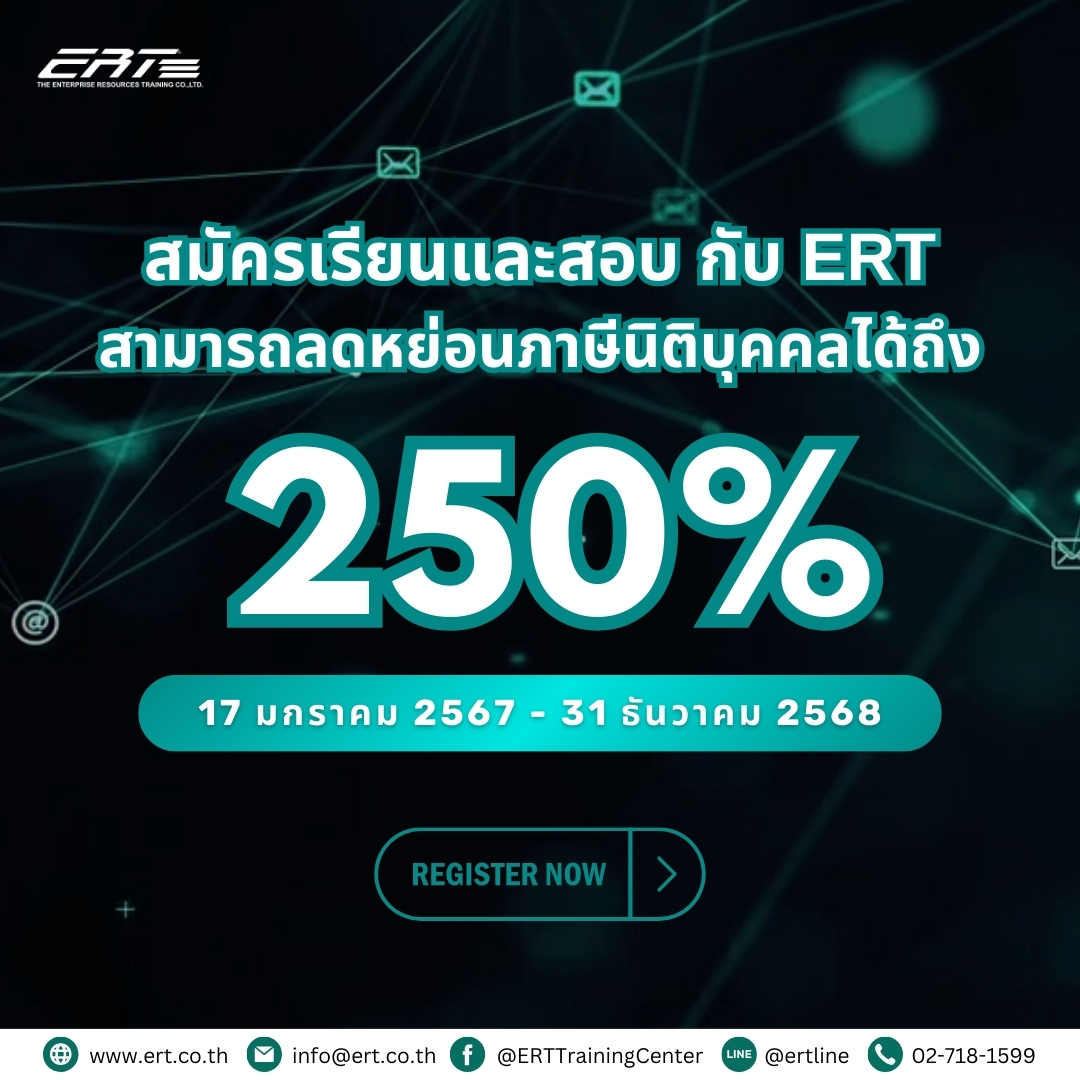Install, Configure, Manage [V8]
COURSE OVERVIEW
3 days course features intensive hands-on training that focuses on installing, configuring, and managing VMware vSphere 8, which includes VMware ESXi 8 and VMware vCenter 8. This course prepares you to administer a vSphere infrastructure for an organization of any size.
This course is the foundation for most VMware technologies in the software-defined data center.
COURSE OBJECTIVES
- By the end of the course, you should be able to meet the following objectives:
- Install and configure ESXi hosts
- Deploy and configure vCenter
- Use the vSphere Client to create the vCenter inventory and assign roles to vCenter users
- Create virtual networks using vSphere standard switches
- Create and configure datastores using storage technologies supported by vSphere
- Use the vSphere Client to create virtual machines, templates, clones, and snapshots
- Manage virtual machine resource allocation
- Migrate virtual machines with vSphere vMotion and vSphere Storage vMotion
TARGET AUDIENCE
- System administrators
- System engineers

|
Phone
|
Phone
|
|---|---|
|
Product
|
IT Management
|
|
Code
|
ERTV-02
|
|
Duration
|
3 Days
|
|
Price (baht)
|
26,000
|
About the course
COURSE OUTLINE
Module: 1 vSphere and Virtualization Overview
- Explain basic virtualization concepts
- Describe how vSphere fits in the software-defined data center and the cloud infrastructure
- Recognize the user interfaces for accessing vSphere
- Explain how vSphere interacts with CPUs, memory, networks, storage, and GPUs
Module: 2 Installing and Configuring ESXi
- Install an ESXi host
- Recognize ESXi user account best practices
- Configure the ESXi host settings using the DCUI and VMware Host Client
Module: 3 Deploying and Configuring vCenter
- Recognize ESXi hosts communication with vCenter
- Deploy vCenter Server Appliance
- Configure vCenter settings
- Use the vSphere Client to add and manage license keys
- Create and organize vCenter inventory objects
- Recognize the rules for applying vCenter permissions
- View vCenter logs and events
Module: 4 Configuring vSphere Networking
- Configure and view standard switch configurations
- Configure and view distributed switch configurations
- Recognize the difference between standard switches and distributed switches
- Explain how to set networking policies on standard and distributed switches
Module: 5 Configuring vSphere Storage
- Recognize vSphere storage technologies
- Identify types of vSphere datastores
- Describe Fibre Channel components and addressing
- Describe iSCSI components and addressing
- Configure iSCSI storage on ESXi
- Create and manage VMFS datastores
Module: 6 Deploying Virtual Machines
- Create and provision VMs
- Explain the importance of VMware Tools
- Identify the files that make up a VM
- Recognize the components of a VM
- Navigate the vSphere Client and examine VM settings and options
- Modify VMs by dynamically increasing resources
- Create VM templates and deploy VMs from them
- Clone VMs
- Create customization specifications for guest operating systems
Module: 7 Managing Virtual Machines
- Recognize the types of VM migrations that you can perform within a vCenter instance and across vCenter instances
- Migrate VMs using vSphere vMotion
- Describe the role of Enhanced vMotion Compatibility in migrations
- Migrate VMs using vSphere Storage vMotion
- Take a snapshot of a VM
- Manage, consolidate, and delete snapshots
- Describe CPU and memory concepts in relation to a virtualized environment
- Describe how VMs compete for resources
Register for Training
Schedule
| Start Date | End Date | Duration (days) | Price | Register | Course | Code | Product |
|---|

